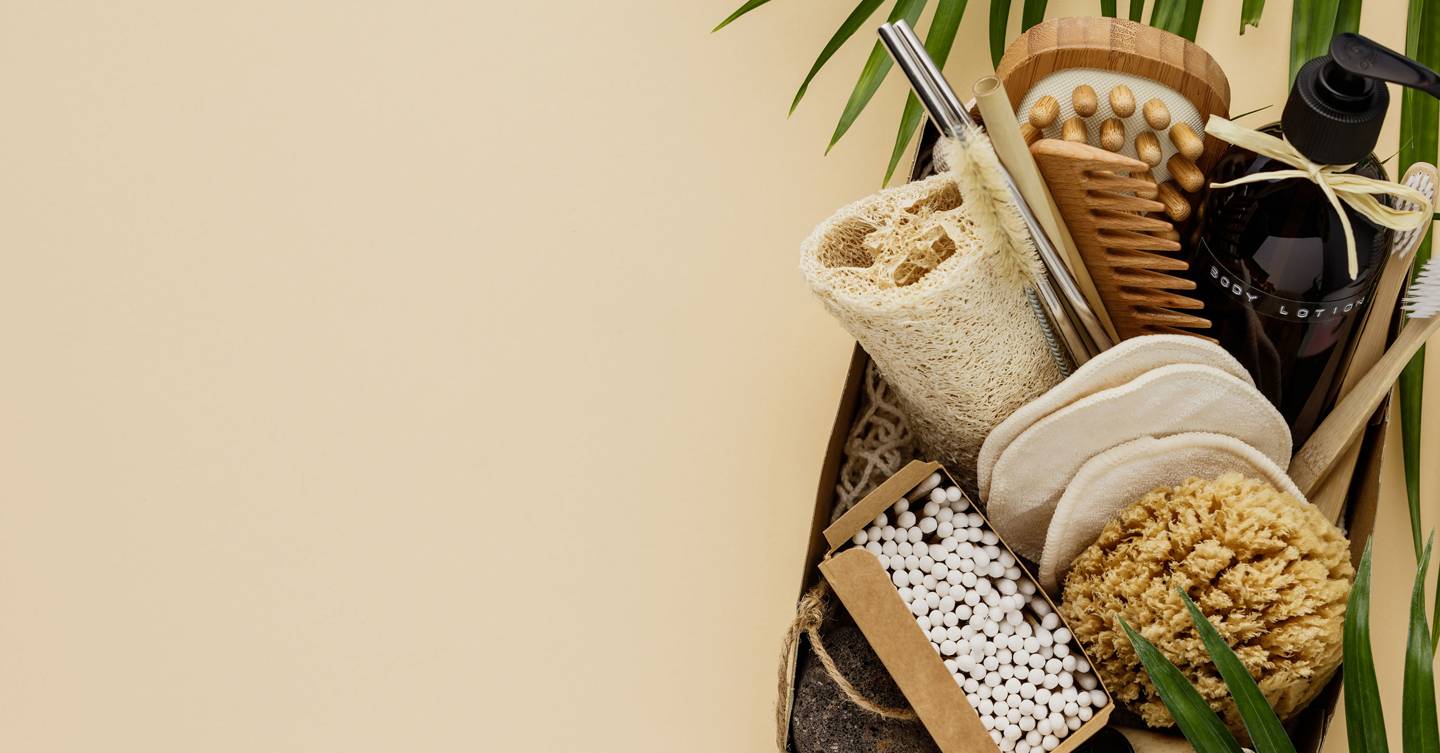A few years ago, many of us wouldn’t have thought about recycling our empty beauty products. Our food tins and empty milk cartons? Sure. But our serums and face wipes? It probably wouldn’t have crossed our minds.
Luckily, the thought of recycling our beauty empties has become second nature to many of us. Not only are more brands incorporating recycling-friendly materials into their production lines but there’s also more awareness and greater understanding of the labels on the back of packaging. From the classic Mobius loop to the PET symbol, we are slowly starting to decode everyday recycling, allowing us all to live more sustainably.
While we’ve come far from the plastic-centric regimes of yesteryear, it’s arguably still not enough. Plastic pollution is a huge global problem, with some of the biggest polluters being household personal care products. It’s for this very reason that there’s a new throng of beauty brands going the extra step to make their packaging, and the formulas themselves, entirely biodegradable.
What does ‘biodegradable’ mean?
Like many beauty buzz-words, including terms like ‘clean beauty‘, there is room for interpretation when it comes to biodegradable certification. Technically, a brand can claim to be biodegradable if it can be broken down by microorganisms over time. However, this definition is pretty useless on its own, as given enough time, most things will break down – even plastic, although it will take thousands of years. According to the Organics Recycling Group, “there are no
defined time limits for the term “biodegradable‟, thus the use of this word can be potentially confusing to the general public.” Luckily, for plastic packaging to be certified as biodegradable EU and UK have adopted the “BS EN 13432 standard”, which sets out a set of strict criteria. To comply, materials must be evaluated to ensure it’s free from potentially harmful metals and chemicals, then it must undergo biological treatment to test biodegradability. Finally, the compost itself is tested for quality and for any negative side effects on the environment.
What does ‘compostable’ mean?
Then there’s the term compostable. This is a step above biodegradable, and describes the ability of a material to break down completely within a specific time frame – usually within 12 weeks. In other words, you could throw the packaging on a compost heap and plant your perennials with it a few months later.
[article id=”obd7OGJqBQP”
What are some biodegradable materials?
Some commonly used biodegradable materials include cork, bamboo, plant-based bioplastics, seaweed, mycelium, hemp and coconut husk.
What are some compostable materials?
Some commonly used compostable materials include paper, straw, cardboard, brown paper bags, bagasse (sugarcane pulp), corn starch (Polylactic Acid), palm leaf and wood pulp.

